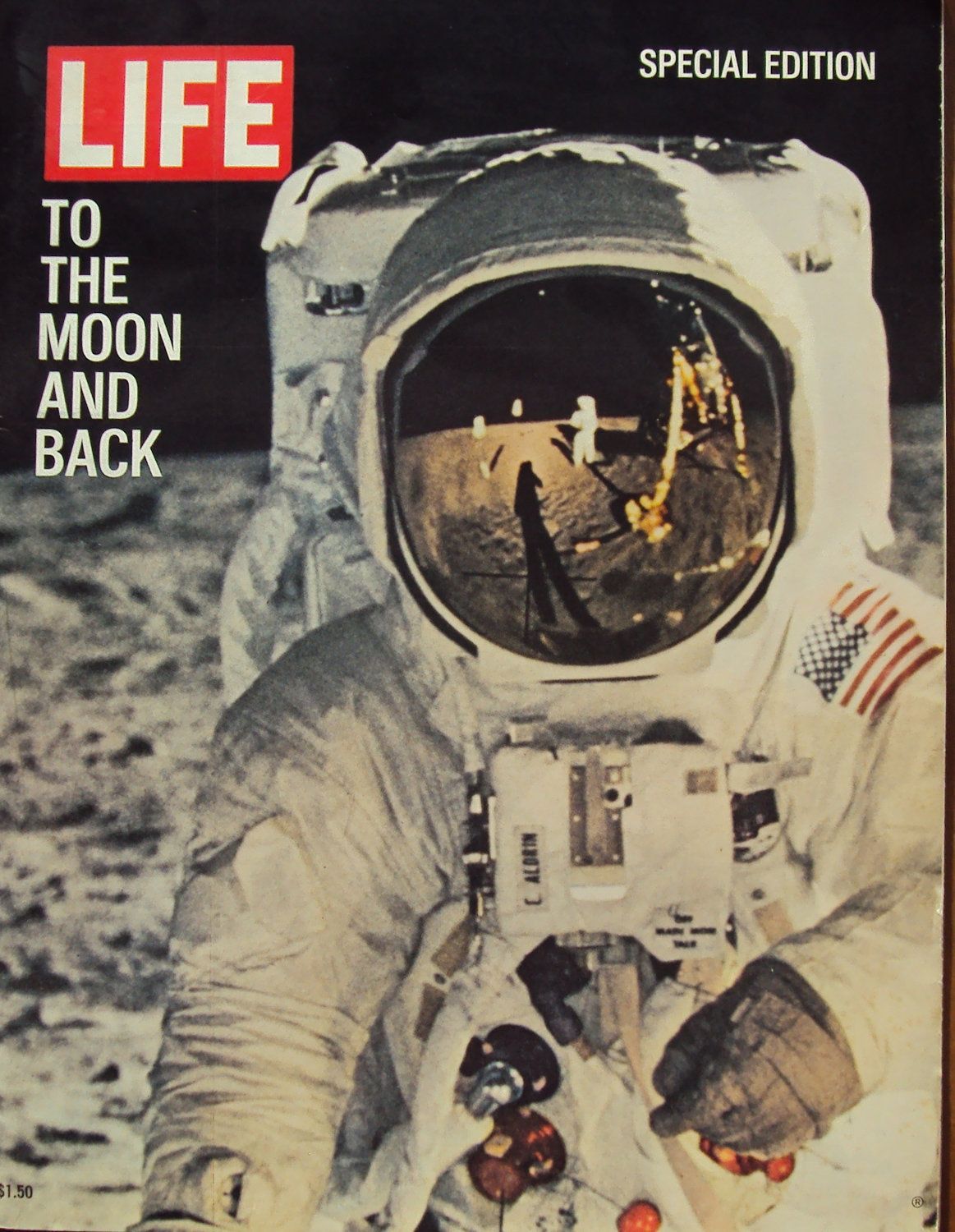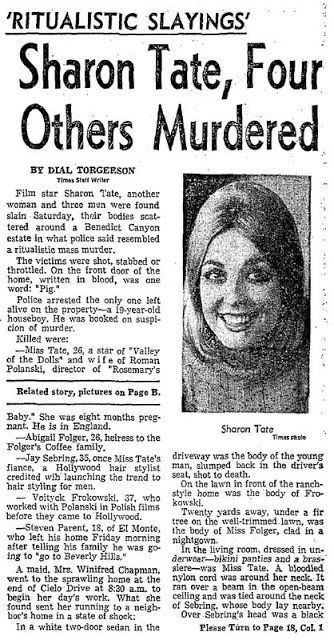The Summer of ‘69: 50 Years Later
June 26, 2019

Something about the boiling tension of the summer months seems to act as a catalyst for the motley events of human life. Ice cream sales go up alongside the murder rate, pop radio ascends into the stratosphere, and some of our inner Blanche DuBois’s make an appearance as we lament the heat on a minute to minute basis.
As we move into the summer of 2019, we are undergoing the 50th anniversary of one of the most impactful eras of 20th Century American history: the summer of 1969.
What Bryan Adams would later immortalize as the “best years of [his] life” in the 1984 smash hit “Summer of ’69,” was a whiplash-inducing three months of violence, art, technological breakthroughs, and civil rights triumphs.
This was a time when the ramifications of a thrown shot-glass would echo through time with the same weight as a human footprint on the moon.
The summer of 1969 was not that long ago, yet it seems enshrouded in legend; part history, part epic tale. Despite its almost unbelievable sequence of events, the summer of 1969 was very real, and still contains lessons for the America of today.
Perhaps the most famous event of this most eventful summer is the era-defining moon landing.
In 1961, as the Cold War raged, President Kennedy addressed Congress, and declared the national priority of landing men on the moon and safely returning them to earth by the end of the 1960’s.
On July 20th 1969, Neil Armstrong and Buzz Aldrin became the first humans to set foot on the moon.
A $100 billion mission successfully landed two men on the moon three years before 50% of the United States population owned a color television set. This means those who watched the broadcasted Moon landing did so in black and white.
Such anachronisms defined much of the summer of 1969.
For instance, in 1960’s New York City, cross-dressing and public displays of same-sex affection were strictly criminalized, and the majority of New York gay bars were owned by the Mafia who blackmailed their more prominent patrons with the secret of their sexual orientations. This was the reality for LGBT New Yorkers a mere 43 years before same – sex marriage was legalized nation-wide in the United States.
owned by the Mafia who blackmailed their more prominent patrons with the secret of their sexual orientations. This was the reality for LGBT New Yorkers a mere 43 years before same – sex marriage was legalized nation-wide in the United States.
It goes without saying these mafia operations were not above board, in fact, they operated without liquor licenses. The New York City Police were in the habit of raiding gay bars to enforce licensing laws as well as arrest people dancing with same sex partners, or wearing clothes traditionally associated with the opposite sex.
One such establishment, the Stonewall Inn, was raided on June 28th 1969.
What started as a routine raid escalated when the police employed excessive force, and Marsha P. Johnson threw a brick in protest. A riot broke out in Greenwich Village. When the Village Voice caught wind of the story, the riots grew and became the first prominent demonstration for LGBT rights in the United States. The Stonewall riots are still remembered as the catalyst for the modern LGBT rights movements. The nation observes the 50th anniversary of these events on June 28th, 2019.
 It would seem modernization was a theme of the summer of 1969 with its space missions and Civil Rights breakthroughs beaconing a new dawn. Yet modernity holds unpleasant surprises as well, as progress marches forward, so does the ingenuity of the depraved.
It would seem modernization was a theme of the summer of 1969 with its space missions and Civil Rights breakthroughs beaconing a new dawn. Yet modernity holds unpleasant surprises as well, as progress marches forward, so does the ingenuity of the depraved.
The summer of 1969 saw the Manson Family murders; a crime that sent shockwaves through the American consciousness and put one of our most infamous villains to the forefront of the news cycle.
Pregnant actress Sharon Tate, Folgers heiress Abigail Folger, writer Wojciech Frykowski, celebrity hair stylist Jay Sebring, Steven Parent, supermarket executive Leno LaBianca and his wife Rosemary were brutally killed by Manson followers from August 8-10th, 1969.
Manson Family member Susan Atkins, says the group killed Tate, "Because we wanted to do a crime that would shock the world, that the world would have to stand up and take notice."
By all measures they succeeded.
As the summer of 1969 continued, more historical events would take place. The Woodstock music festival, increased anti-war demonstrations, and the last real Beatles’ Album all marked this time of flux.
But what does 1969 have to teach us? What subtle messages does history convey via the wild happenings at the end of the 1960’s?
Perhaps the message is a reminder. A reminder that we are never as advanced as we think we are, that the coming decades hold new developments we can only dream of, and that humans have the very real ability to change the world for better or for worse.